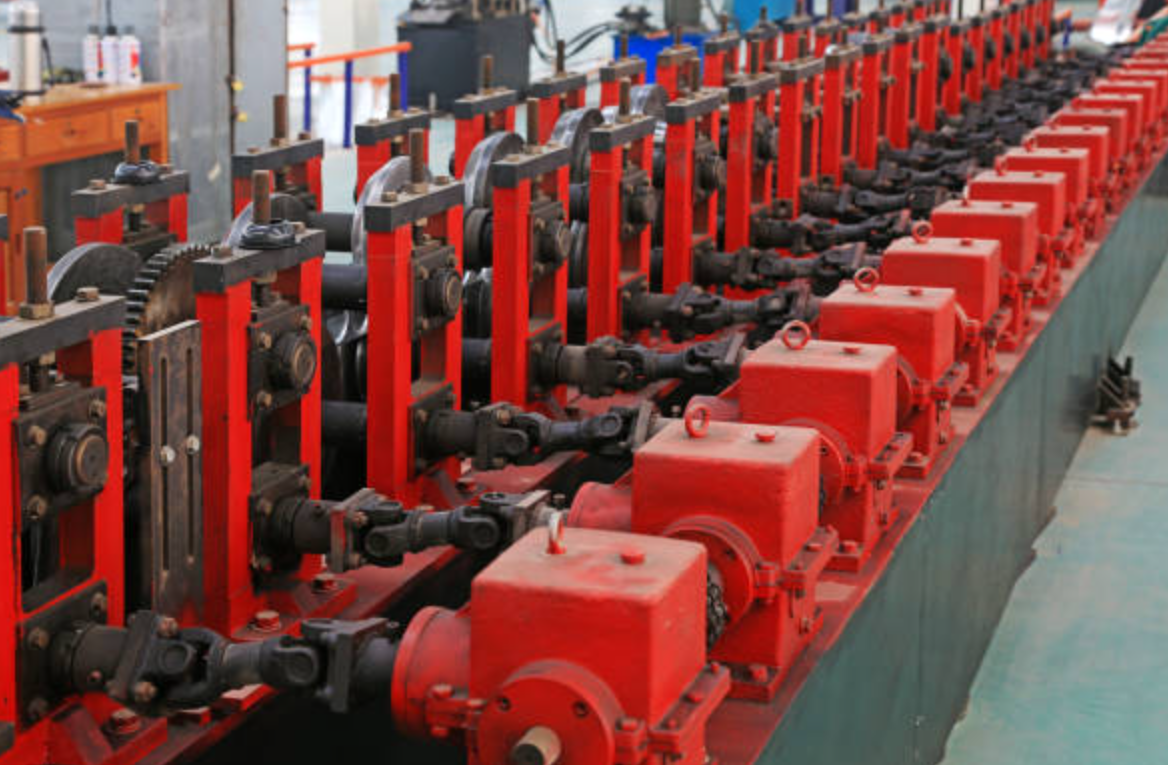Roll forming machines are versatile and efficient tools widely used in metal fabrication. They rely on a series of gears to ensure accurate and consistent profile production. Over time, you may need to change gears to adjust the machine for different profiles, material thicknesses, or operational speeds.
Why Gear Changes Are Necessary
Gears in roll forming machines play a crucial role in:
- Adjusting the speed of the rollers.
- Achieving the desired profile accuracy.
- Accommodating different material gauges.
Changing gears is often required when switching between profiles or materials with varying specifications.
Tools and Equipment You’ll Need
Before starting, gather the following tools:
- Wrenches (adjustable or specific sizes for your machine).
- Gear puller (optional, for tightly fitted gears).
- Lubricant or grease.
- Cleaning cloths.
- Safety gear (gloves, safety glasses, etc.).
Step-by-Step Gear Changing Process
1. Turn Off the Machine
- Ensure the machine is completely powered down.
- Disconnect the main power supply to avoid accidental startup.
2. Access the Gearbox
- Locate the gearbox cover on your roll forming machine. This is usually near the drive motor.
- Use the appropriate tools to remove the cover, exposing the gears.
3. Inspect the Current Gears
- Check the gears for wear or damage. Replace any worn-out gears during this process.
- Note the configuration and alignment of the current gears for reference.
4. Remove the Existing Gears
- Loosen the bolts or clamps holding the gears in place.
- Use a gear puller if the gears are tightly fitted to the shaft.
- Clean the shafts and surrounding areas to remove dust, grease, or debris.
5. Install the New Gears
- Apply a thin layer of lubricant to the shaft for smooth installation.
- Slide the new gear onto the shaft, ensuring it fits securely.
- Tighten the bolts or clamps to secure the gear in place.
6. Check Gear Alignment
- Align the new gears with the rest of the gear system.
- Ensure there is minimal backlash (the slight gap between gear teeth) for smooth operation.
7. Test the Gear Movement
- Manually rotate the rollers or gears to check for smooth movement and proper engagement.
- Listen for unusual noises or signs of improper alignment.
8. Reassemble the Gearbox
- Replace the gearbox cover and secure it with bolts.
- Ensure all components are correctly fastened.
9. Power On and Test the Machine
- Reconnect the power supply and turn on the machine.
- Run a test profile or material to ensure the gear change was successful.
Safety Tips
- Always wear appropriate safety gear when working with machinery.
- Do not attempt gear changes while the machine is operational.
- If you’re unfamiliar with the process, consult the machine's manual or seek professional assistance.
Maintenance Tips for Gears
- Regular Inspection: Periodically check gears for wear or misalignment.
- Lubrication: Apply lubricant to prevent friction and extend gear life.
- Cleaning: Keep the gearbox clean and free of debris.
- Record Keeping: Maintain a log of gear changes and inspections for future reference.
Changing gears on a roll forming machine is a straightforward process that can significantly impact its performance and product quality. By following these steps and maintaining the gears properly, you can ensure your machine operates at peak efficiency and delivers consistent results. If you encounter any challenges, consult the machine's manual or contact a professional for support.



